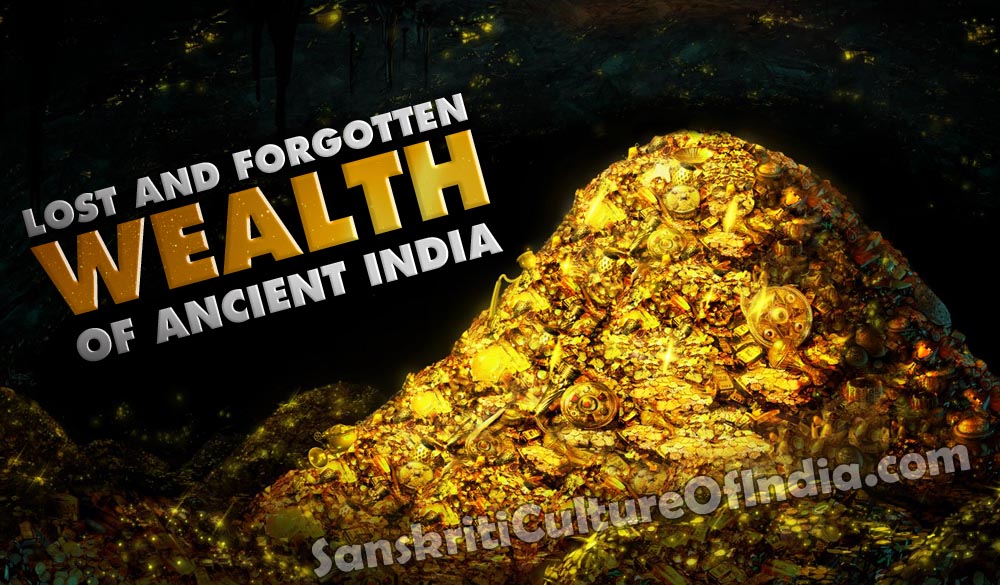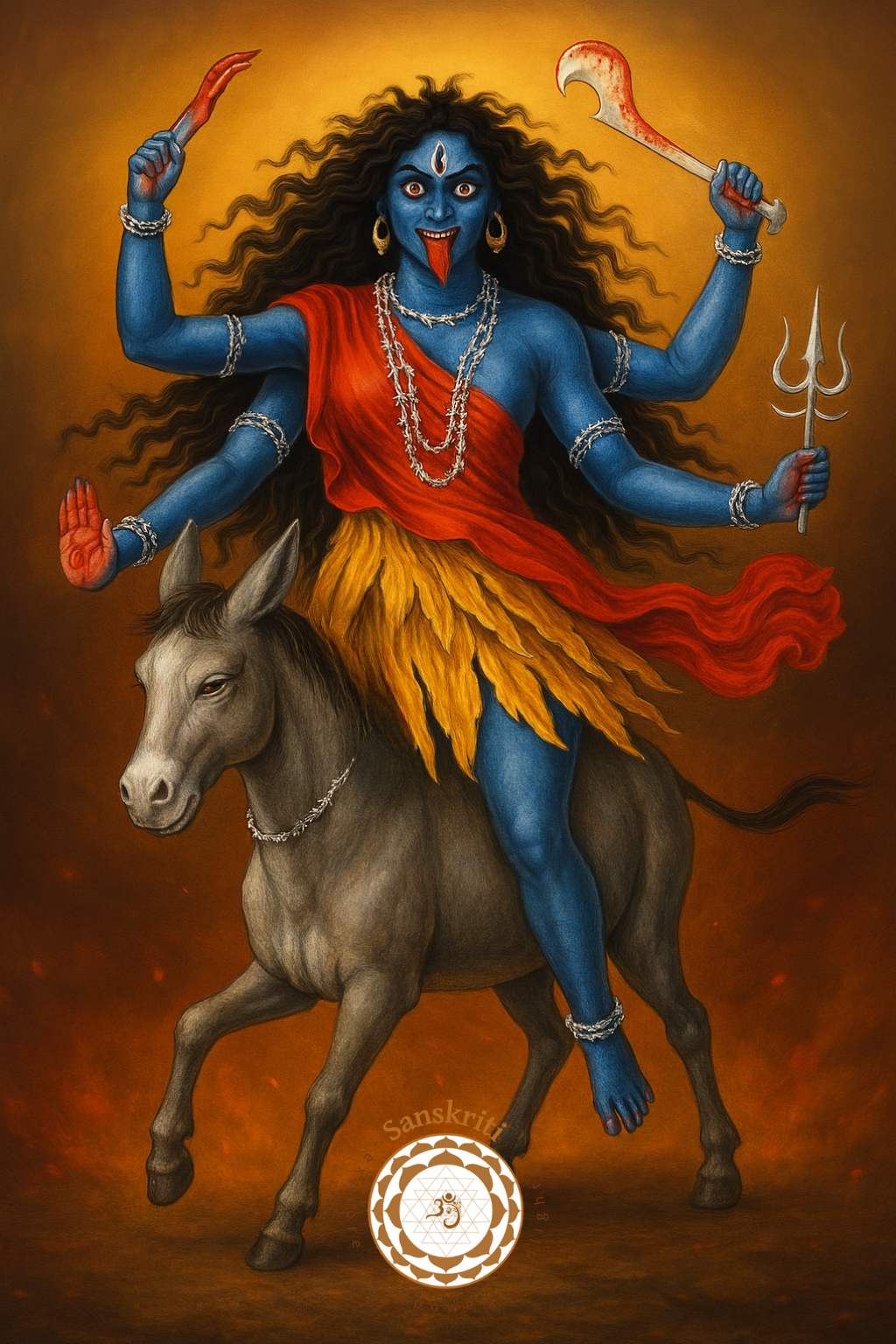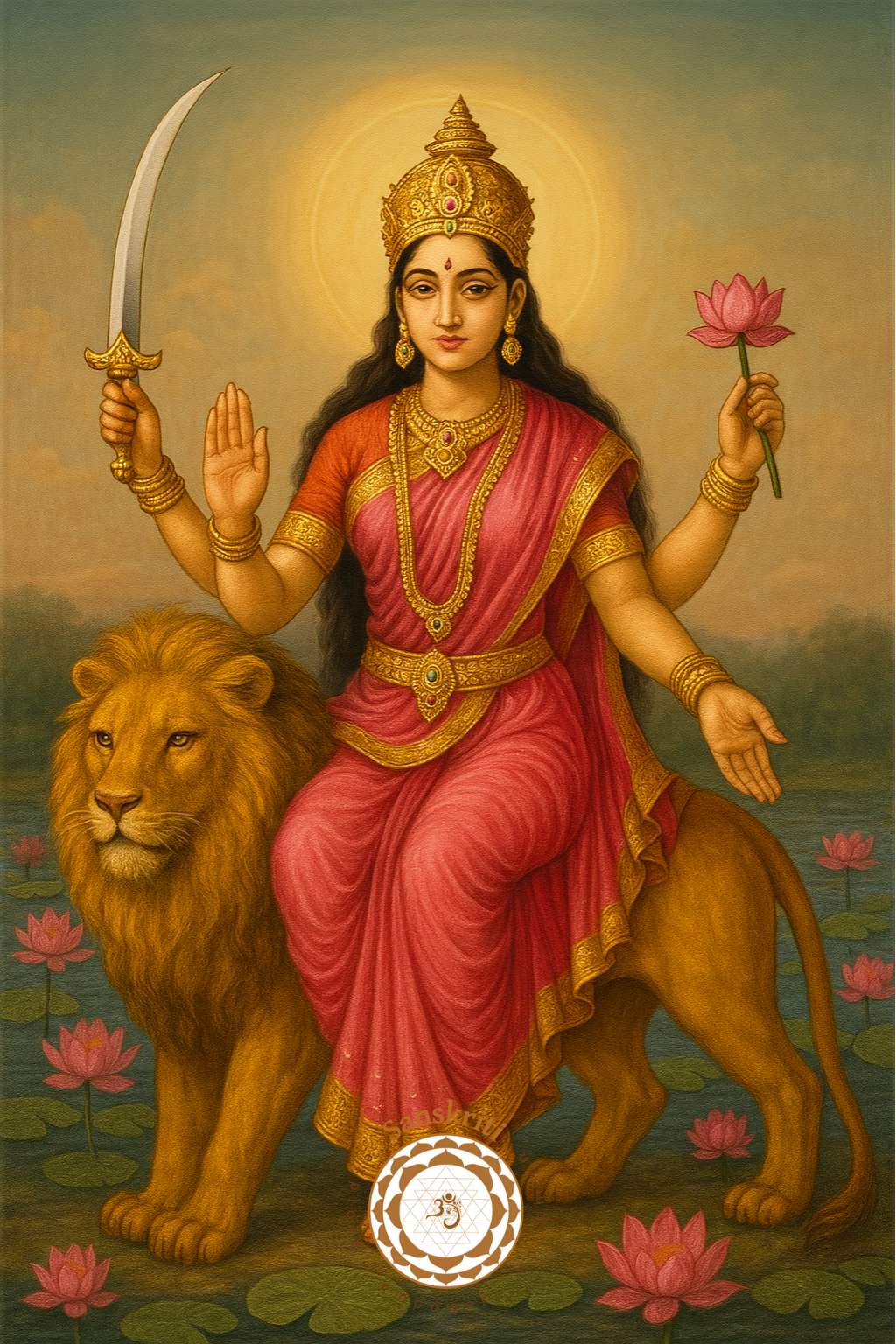If history proves anything, it proves that in ancient times, India was the richest country in the world. The fact that she has always been the cynosure of all eyes, Asiatic or European, that people of less favored climes have always cast longing looks on her glittering treasures, and that the ambition of all conquerors has been to possess India, prove that she has been reputed to be the richest country in the world. Her sunny climate, unrivalled fertility, matchless mineral resources and world-wide exports in ancient times helped to accumulate in her bosom the wealth which made her the happy hunting grounds of adventurers and conquerors.
Strabo (c. 63 BC-3 BC) Greek historian in his book Geography II, 5, 12. Describing the location of India and calls it “the greatest of all nations and the happiest in lot.”
(source: India and World Civilization By D. P. Singhal Pan Macmillan Limited. 1993. p. 385).
Arnold Hermann Ludwig Heeran (1760-1842) says: “India has been celebrated even in the earliest times for her riches.” The wealth, splendor and prosperity of India had made a strong impression on the mind of Alexander the Great, and that when he left Persia for India, he told his army that they were starting for that “Golden India” where there was endless wealth, and that what they had seen in Persia was as nothing compared to the riches of India. Chamber’s Encyclopedia says” “India has been celebrated during many ages for its wealth.” The writer of the article “Hindustan” in the Encyclopedia Britannica remarks that India “was naturally reputed to be the seat of immense riches.” Milton voiced the popular belief when he sang of the wealth of India:
“High on a throne of royal state which far
Outshone the wealth of Ormuz and of Ind (India)
Or where the gorgeous East with richest hand
Showers on her kings barbaric, pearl and gold.”
To Shake the Pagoda Tree
William Finch who came to India in 1608-11, first described Hindu temples as “pagods, which are stone images of monstrous men feareful to behold. He mentioned the temples in Ajmer, “three faire Pagodes richly wrought with inlayd works, adorned richly with jewels. Domingo Paes has left a valuable account of the great Hindu kingdom of Vijayanagar. He saw outside the city very beautiful pagodas, the chief among them was the temple of Vitthalasvamin which was begun by Krsnadeva Raya. Edward Terry, the chaplain to Sir Thomas Roe, King James’s emissary described the temple of Nagarkot as ‘most richly set forth, both scaled and paved with plate of pure gold.” The wealth of the temples stirred Jean Thevenot imagination and he wrote about the temples of Benares and Puri that ‘nothing can be more magnificent than these Pagodes…by reason of the quantity of gold and many jewels, wherewith they are adorned.”
GDP in 1500s
For India ‘s first prime minister Jawaharlal Nehru, the company lay at the root of the oppression that he had fought against. “The corruption, venality, nepotism, violence and greed of money of these early generations of British rule in India “, Nehru thundered in The Discovery of India, “is something which passes comprehension”. Looking back at the company’s conquest of India , Nehru noted “it is significant that one of the Hindustani words which has become part of the English language is loot”.
***
Most foreigners came to India in search of her fabulous wealth. No traveler found India poor until the nineteenth century, but foreign merchants and adventurers sought her shores for the almost fabulous wealth, which they could there obtain.
‘To shake the pagoda tree’ became a phrase, somewhat similar to our modern expression ‘to strike oil’ or to get rich quick.
(source: Much Maligned Monsters: A History of European Reactions to Indian Art – By Partha Mitter p. 1 – 45).
An idea of the immense wealth of India could be gathered from the fact that when Sultan Mahmud Ghaznavi destroyed the far famed temple of Somnath he found such immense riches and astonishing diamonds cooped up in the single “Idol of Shiva” that it was found quite impossible to calculate the value of that booty.
Gold, the emblem of wealth, was first found in India. India was the home of diamonds and other precious stones in ancient times. Periplus says that “the Greeks used to purchase pieces of gold from the Indians.” Nelkynda or Neliceram, a port near Calicut on the Malabar Coast, is said to have been the only market for pearls in the world in ancient times. The pearls presented by Julius Ceasar to Servilia, the mother of Brutus, as well as the famous pearl earring of Cleopatra, were obtained from India. The most famous diamonds in the world are natives of India. Though the Pitt (or the Regent as it is now called) weights 136 carats and is larger in size, yet the Kohinoor, weighing only 106 carats, hallowed by ages of romantic history, is the most famous diamond in the world. Both were taken from India by the British. But the mythological and historical value of the Kohinoor is untold.
The Priceless Peacock Throne
What is the costliest single treasure made in the last 1,000 years? Wrought out of 1150 kg of gold and 230 kg of precious stones, conservatively in 1999 the throne would be valued at $804 million or nearly Rs 4.5 billion. In fact when made, it cost twice as much as the Tajmahal. On the top of each pillar there were to be two peacocks, thick-set with gems and between each two peacocks a tree set with rubies and diamonds, emeralds and pearls. The ascent was to consist of three steps set with “jewels of fine water”. Of the 11 jewelled recesses formed around it for cushions, the middle one was intended for the seat it for Emperor. Among the historical diamonds decorating it were the famous Kohinoor (186 carats). It was one of the most splendiferous thrones ever made. it was encrusted with 26,733 precious stones! Ascended by silver steps, it was sheeted with gold encrusted with emeralds and rubies. Its back was a peacock’s tail of sapphires, pearls and turquoises. The throne was completed after seven years of unceasing labour by the best craftsmen of the empire and was valued at 10 million rupees or Rs 500 crore today.
(source: As priceless as the Peacock Throne – By K. R. N. Swamy – tribuneindia.com). For more on the Kohinoor diamond refer to chapter on Glimpses VIII.
It was the wealth of India that impelled the rude Arabs to invade the country, and led the half civilized Tartans to overrun it. It was the wealth of India that attracted Nadir Shah, the Portuguese and then the British.
(source: Hindu Superiority – By Har Bilas Sarda p 427 – 430). For more refer to chapters on Islamic Onslaught and European Imperialism
India Was Once the Richest Country in the World
Rev. Jabez T. Sunderland (1842-1936) American born, former President of the India Information Bureau of America and Editor of Young India (New York). Author of India, America and World Brotherhood, and Causes of Famine in India. He has written glowingly about India’s culture:
“Another cause of India ‘s impoverishment is the destruction of her manufactures, as the result of British rule. When the British first appeared on the scene, India was one of the richest countries of the world; indeed it was her great riches that attracted the British to her shores. “
“The source of her wealth was largely her splendid manufactures. Her cotton goods, silk goods, shawls, muslins of Dacca, brocades of Ahmedabad, rugs, pottery of Scind, jewelry, metal work, lapidary work, were famed not only all over Asia but in all the leading markets of Northern Africa and of Europe. What has become of those manufactures? For the most part they are gone, destroyed. Hundreds of villages and towns of India in which they were carried on are now largely or wholly depopulated, and millions of the people who were supported by them have been scattered and driven back on the land, to share the already too scanty living of the poor ryot. What is the explanation? Great Britain wanted India ‘s markets. She could not find entrance for British manufactures so long as India was supplied with manufactures of her own. So those of India must be sacrificed. England had all power in her hands, and so she proceeded to pass tariff and excise laws that ruined the manufactures of India and secured the market for her own goods. India would have protected herself if she had been able, by enacting tariff laws favorable to Indian interests, but she had no power, she was at the mercy of her conqueror.”
(source: The New Nationalist Movement in India – By Jabez T Sutherland – theatlantic.com). Refer to European Imperialism
According to Economist Angus Maddison (1926 – ) in The World Economy: A Millennial Perspective, the region that today comprises the Indian subcontinent held the largest share of the world’s gross domestic product until the beginning of the 16th century, when it was rivaled by China, and then again throughout most of the 18th century.
At the end of the 16th century, India’s great wealth sustained a population of more than one hundred million people.
In “India, the Silicon Jewel of the East” (Digital Journal, May 13, 2004), Paul William Roberts states, “There was an abundance of arable land, and the state of Indian agriculture compared favorably with any of the Western European countries. Right down to the subsistence-oriented peasant, everyone saw a good return on land and labor. There was a large and vigorous skilled workforce turning out not just cotton but luxury items for the barons, courts and ruling classes. Consequently, the economy produced a fabulous financial surplus.”
From the early 18th century until the beginnings of the 19th century, when India enjoyed a 24.4 % share of the world’s gross domestic product (see table) economic historian Paul Bairoch conforms, the region enjoyed a 25 % share of the global trade in textiles. It was the world’s leading manufacturer of handicrafts and handloom textiles.
Bairoch writes, “More important, there was a large commercialized sector with a highly sophisticated market and credit structure, manned by a skillful and in many instances very wealthy commercial class.”
Paul William Roberts adds, “Methods of production and of industrial and commercial organization could stand comparison with those in vogue in any other parts of the world. India had developed an indigenous banking system. Merchant capital had emerged with an elaborate network of agents, brokers and middlemen. Its bills of exchange were honored in all the major cities of Asia.”
Gross Domestic Product in Millions of Dollars:
Year 1000 | 1500 | 1600 | 1700
India: 33.8 | 60.5 | 74.3 | 90.8
China: 26.6 | 61.8 | 96.0 | 82.8
W. Europe 10.2 | 44.3 | 66.0 | 83.4
World 116.8 | 247.1 | 329.4| 371.4
Maddison studied numerous sources and derived historical world gross domestic product (GDP) totals by assembling evidence on changes in population, retaining the 1990 international dollar as the temporal and spatial anchor in the estimation of movements in GDP and per capita GDP, and filling holes in the evidence with proxy estimates.
~ Author Unknown











